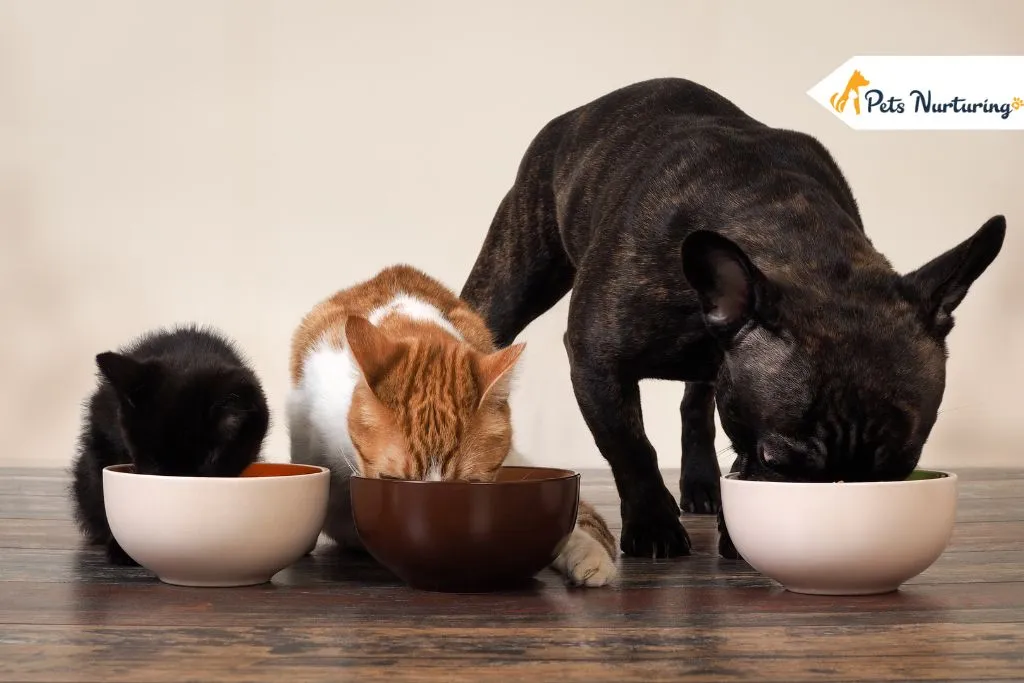
As pet owners, we all want our furry friends to enjoy their meals and look forward to eating. One factor that contributes significantly to pet feed palatability is taste. However, there are various other factors that pet food manufacturers consider to make their products more appealing to pets. This article will explore the various factors that make pet feed more palatable and how they impact your pet’s eating behavior and health.
- Introduction
- Taste and Flavoring
- Texture and Consistency
- Nutrient Balance
- Aromatics and Smell
- Pet Food Palatability Enhancer
- Packaging and Branding
- Digestibility
- Quality of Ingredients
- Additives and Supplements
- Age and Health of Pet
- Feeding Environment
- Cost and Accessibility
- Ethical and Sustainable Practices
- Personal Preferences and Habits
Introduction
The palatability of pet food refers to its taste, texture, aroma, and overall appeal to pets. It plays a significant role in determining their eating behavior and nutritional status. Many factors impact the palatability of pet feed, including taste and flavoring, texture and consistency, nutrient balance, aromatics and smell, packaging and branding, digestibility, quality of ingredients, additives, and supplements, age and health of the pet, feeding environment, cost and accessibility, ethical and sustainable practices, personal preferences, and habits.
Taste and Flavoring
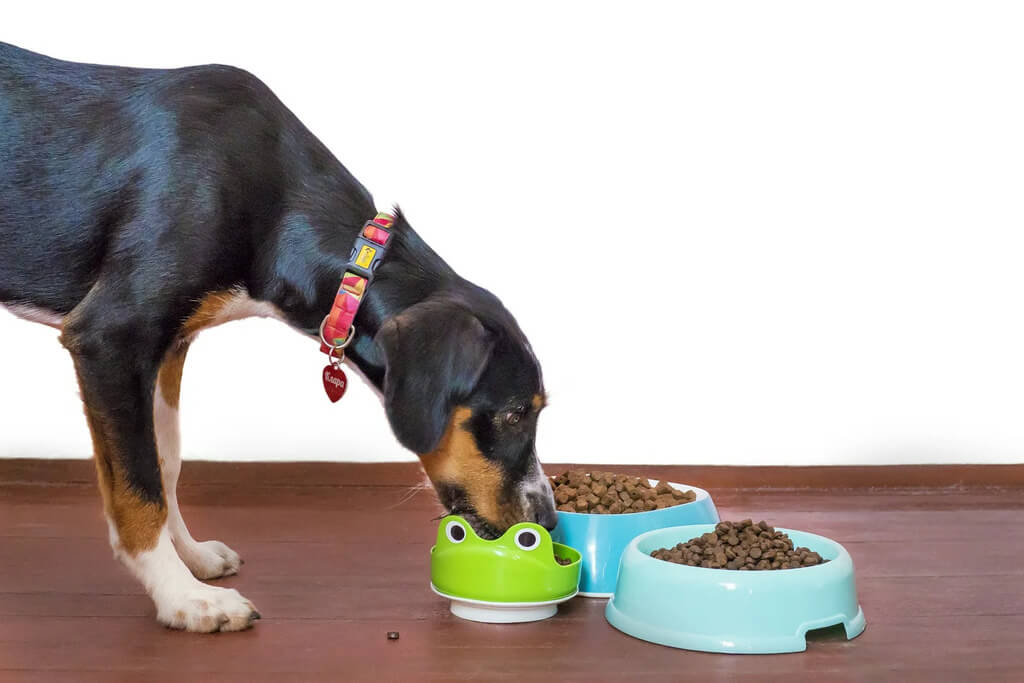
The most critical factor that impacts the palatability of pet feed is taste. Pet food manufacturers use different flavors, such as chicken, beef, fish, and lamb, to attract pets to their products. Additionally, some companies use real meat and animal-derived byproducts to enhance the taste and nutritional value of the feed. Furthermore, many manufacturers use natural flavors and extracts to improve the overall palatability of pet feed.
Texture and Consistency
The texture and consistency of pet feed also play a crucial role in its palatability. Pets prefer easy-to-chew and swallow feed, which is why many manufacturers create kibble with various shapes, sizes, and textures. Wet food, conversely, offers a different consistency that pets find appealing. Many manufacturers use different ingredients, such as vegetables and grains, to create different textures and consistencies in their pet feed.
Nutrient Balance
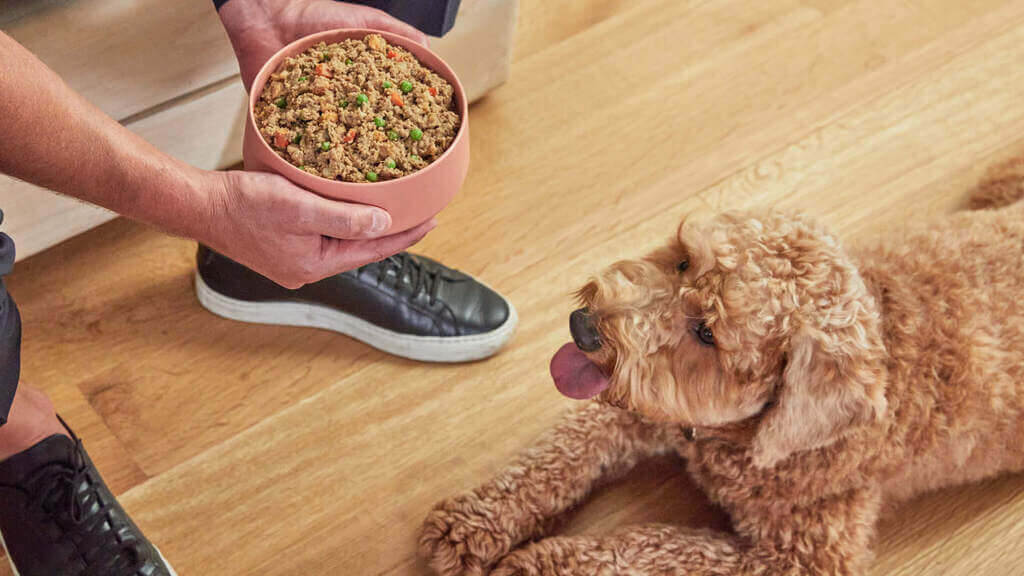
The nutrient balance of pet feed is another factor that impacts its palatability. Pets are more likely to enjoy nutritionally balanced feed that contains essential nutrients and supports their overall health and well-being. Many manufacturers create pet feed with specific nutrient profiles to meet the unique needs of different pets based on their age, breed, and health condition.
Aromatics and Smell
The aroma and smell of pet feed also impact its palatability. Many pets rely on their sense of smell to determine whether they want to eat their food. Pet food manufacturers use different aromatics and scents, such as natural flavors, to attract pets to their products.
Pet Food Palatability Enhancer
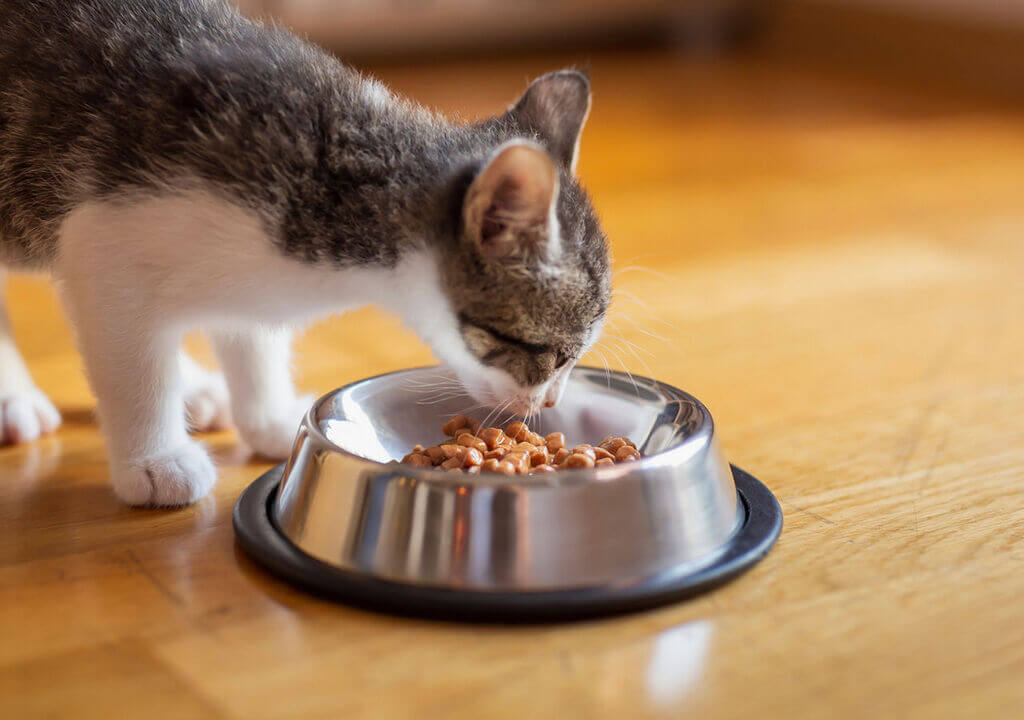
A pet food palatability enhancer is a substance or ingredient added to pet food to improve its taste and appeal to animals. These enhancers can be natural or synthetic and take many forms, such as flavorings, aromas, and even texturizers. The goal is to create a more enjoyable eating experience for pets, which can help increase their appetite and encourage them to eat more regularly.
Palatability enhancers are especially useful for picky eaters or pets with medical conditions that make them reluctant to eat. However, it’s important to note that pet owners should still prioritize the overall nutritional value of their pet’s food when choosing a palatability enhancer.
Packaging and Branding
Packaging and branding are essential factors that impact the palatability of pet feed. Many pet owners prefer to buy feed from a trusted brand with an attractive and recognizable packaging design. Additionally, the packaging should be easy to open and store, as this can impact the freshness and palatability of the feed.
Digestibility

The digestibility of pet feed is another crucial factor that impacts its palatability. Pets prefer feed that is easy to digest and does not cause digestive issues such as vomiting, diarrhea, or constipation. Many manufacturers create pet feed with high-quality protein sources, fiber, and prebiotics to improve digestion and overall health.
Quality of Ingredients
The quality of ingredients used in pet feed is a significant factor that impacts its palatability. High-quality ingredients, such as whole meats and vegetables, are more appealing to pets and provide better nutrition. On the other hand, low-quality ingredients, such as fillers and byproducts, can negatively impact the taste and nutritional value of pet feed.
Additives and Supplements
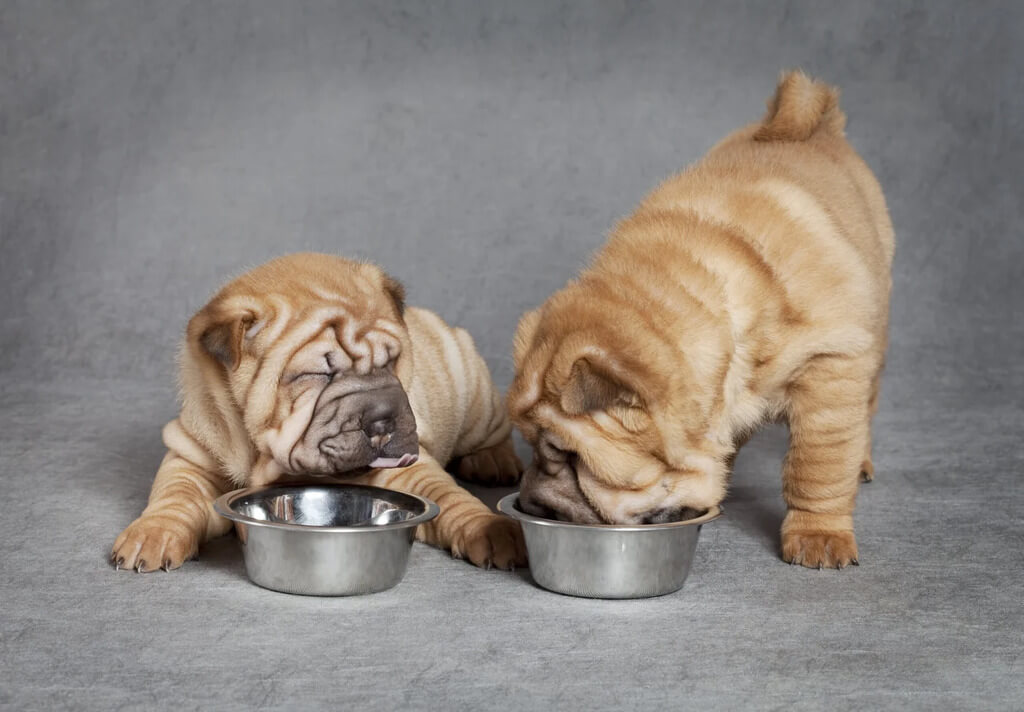
Additives and supplements are often added to pet feed to enhance its palatability and nutritional value. For example, omega-3 and omega-6 fatty acids are added to some pet feeds to promote healthy skin and coats. Additionally, many manufacturers add vitamins and minerals to their pet feed to ensure it is nutritionally complete.
Age and Health of Pet
The age and health condition of a pet can impact its palatability preferences. For example, senior pets may have dental issues that make it difficult for them to chew and swallow hard kibble. In contrast, pets with health conditions may require specialized diets catering to their nutritional needs.
Feeding Environment
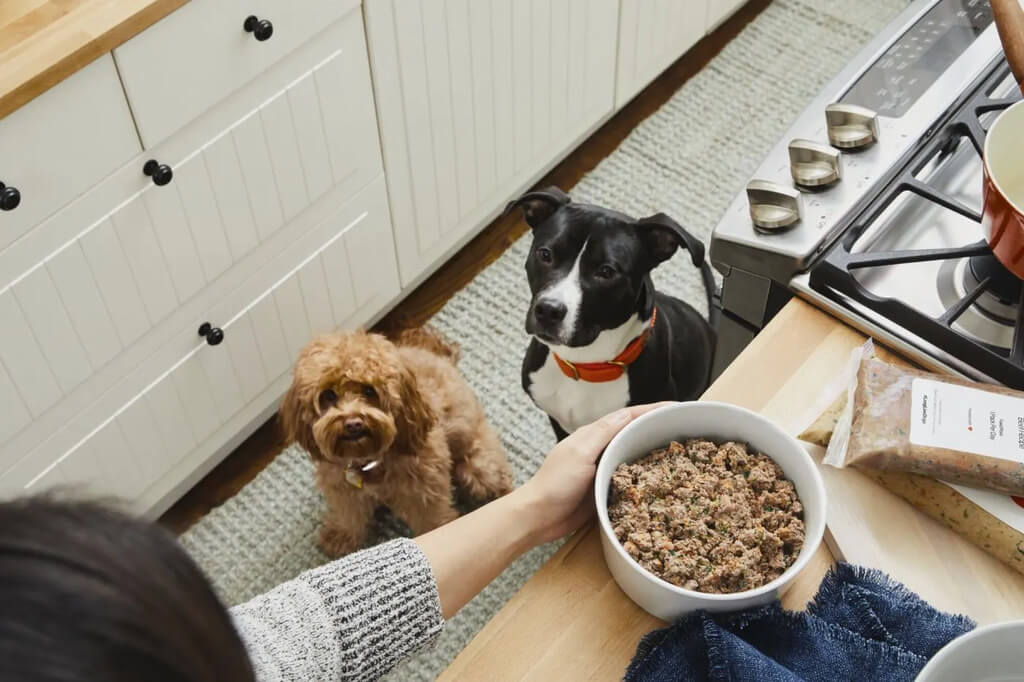
The feeding environment can also impact the palatability of pet feed. Pets prefer to eat in a calm and comfortable environment, away from distractions and disturbances. Additionally, feeding pets at regular times and in a consistent location can help establish a routine and make it easier for them to enjoy their meals.
Cost and Accessibility
The cost and accessibility of pet feed can impact its palatability. Many pet owners prefer to buy high-quality feed that is affordable and accessible. However, some premium pet feeds may be too expensive for some pet owners, while others may not be readily available in certain regions.
Ethical and Sustainable Practices
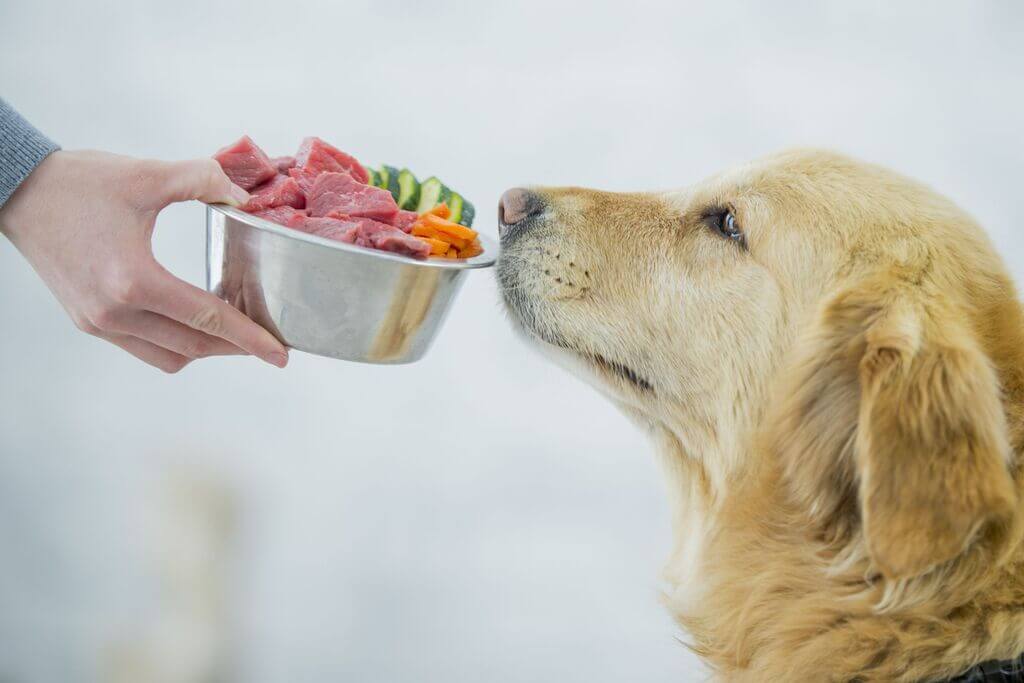
Many pet owners prefer to buy pet feed from companies that follow ethical and sustainable practices. This can include using responsibly sourced ingredients, reducing environmental impact, and supporting animal welfare initiatives.
Personal Preferences and Habits
Finally, personal preferences and habits can impact the palatability of pet feed. Some pets may have unique tastes and preferences, while others may have developed specific feeding habits. It is essential to consider these factors when selecting pet feed to ensure that it is appealing and nutritious.
FAQs
There are various ways to enhance the palatability of pet feed at home, such as adding a small amount of canned food or broth to kibble, warming up the food, or sprinkling it with some cheese or meat.
If your pet is enjoying its feed, it will likely eat it enthusiastically and finish the meal. Additionally, pets may display positive behaviors such as tail wagging, purring, or meowing while eating.
Feeding your pet the same food every day may lead to a loss of interest in that particular feed. It is essential to offer a variety of foods to prevent this from happening and ensure that your pet receives a balanced and nutritious diet.
Feeding your pet low-quality feed can negatively impact its health in the long term. The low-quality feed may lack essential nutrients and have a high percentage of fillers and byproducts, leading to obesity, digestive issues, and other health problems.
No, it is not necessary to buy premium pet feed for your pet to enjoy its meals. While premium pet feeds may have better quality ingredients and higher palatability, many affordable and nutritious pet feeds are available in the market. The key is to select a pet feed that meets your pet’s nutritional needs and preferences.
Conclusion
Pet feed palatability is a critical factor that impacts the eating behavior and nutritional status of pets. Taste and flavoring, texture and consistency, nutrient balance, aromatics and smell, packaging and branding, digestibility, quality of ingredients, additives, and supplements, age and health of the pet, feeding environment, cost and accessibility, ethical and sustainable practices, and personal preferences and habits all contribute to the overall palatability of pet feed.
Pet owners should consider these factors when selecting pet feed to ensure that their pets enjoy their meals and receive the necessary nutrition for their health and well-being.
Keep reading:











